From mountain villages to sea turtles and rose-scented alleys, this is Oman at its most unforgettable.
Planning a trip to Oman and wondering what’s truly worth your time? Whether you’re here for a short stay or a slow journey, this list brings together all the highlights I recommend based on my experience living here for over 4 years. From the high peaks of Jebel Akhdar to the empty hush of the desert, these are the 25 best things to do in Oman for a trip full of wonder and cultural discovery.
1. Wander Muttrah Souq at Golden Hour
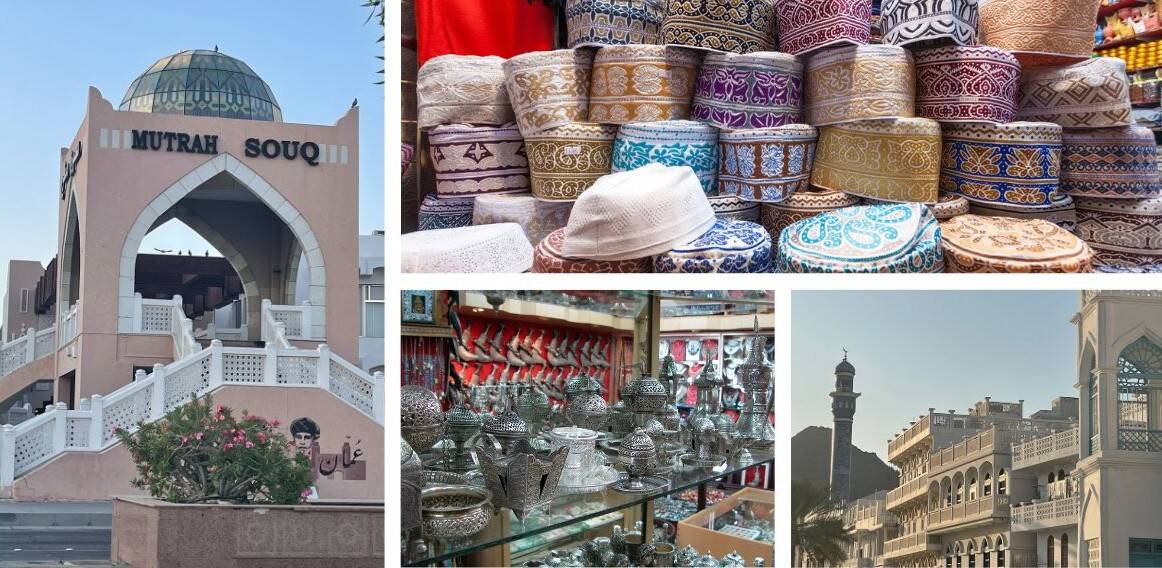
This is not just a market – it’s time travel! This is one of the oldest markets in the Arab world. I always find something unexpected here, whether it’s an old copper tray, a pile of traditional baskets, or just a beautiful moment sharing the scent of bukhoor. For me, it’s one of those places where Oman’s past and present come together.
Practical Tip:
The souq opens in the morning but truly comes to life after 4 PM. Go then, and stay until just after sunset when the lamps begin to glow and the Corniche outside reflects the golden light off the sea. You’ll need cash for small purchases, though many shops now accept bank cards.
Creative Tip:
Bring a small sketchbook or use your phone to collect colours, patterns, or textures – then create a mood board inspired by your walk through the souq.

2. Swim in the Turquoise Waters of Wadi Bani Khalid

I always enjoy the contrast between the oasis of Wadi Bani Khalid and the dry, rugged terrain that surrounds it. One moment you’re surrounded by desert cliffs, the next you’re standing beside a series of emerald pools with palm trees and smooth white stone. The water is clear and perfect for a cooling dip. I suggest you sit for a while with your feet in the water first before you dive in. It’s one of those places where time slows down.
Practical Tip:
Reaching the main pools is easy. You can park nearby and there’s a paved path that leads you to them – no serious hiking required. Wear water shoes if you plan to walk further upstream. To be respectful of local culture, it is best for women to wear a swimsuit with a t-shirt and shorts on top. Avoid weekends if you want a quieter experience. You can also hike along a rocky path that will take you further down the wadi.
Creative Tip:
Take close-up photos of light reflecting on the water, palm fronds, or the canyon rocks. Then turn them into a pattern, painting, or photo collage when you’re back home.

3. Watch the Sunset from the Dunes of Wahiba Sands

The first time I climbed the dunes in Wahiba Sands, I was stunned by how quiet the desert is. The sun sinks fast here, casting shadows and transforming the sand into shades of gold and rose. If you’re lucky, you’ll hear nothing but the wind. Watching the sky at night is also a memorable experience as you suddenly discover hundreds of stars.
Practical Tip:
You’ll need a 4WD to reach most desert camps but I recommend you arrange a pickup from a nearby town such as Bidiyah. Arrive a bit before sunset so you have time to climb a dune. Take water, and don’t forget a light jacket – it cools down quickly after dark.
Creative Tip:
Record a short audio clip of the wind. Later, when you play it back, it will bring you back to this timeless experience.

4. Visit the Sultan Qaboos Grand Mosque in Muscat
Walking into the Grand Mosque is like stepping into a world of geometry and grace. The scale is breath-taking, but what I love most are the details – the mosaic tiles, carved marble, the polished stone. The main prayer hall holds one of the largest handwoven carpets in the world, but the smaller women’s prayer room also has its own quiet beauty.
Practical Tip:
Open to non-Muslim visitors from 8 AM to 11 AM (closed on Fridays). Make sure you dress for the visit – women must wear a headscarf, long sleeves, and full-length trousers or skirts. Men need to wear long trousers and cover their shoulders. There’s an abaya and scarf rental at the entrance, if necessary.
Creative Tip:
Sketch or photograph the repeating patterns from the mosque and turn it into a journal border or digital design.
5. Drink Omani Coffee with Locals
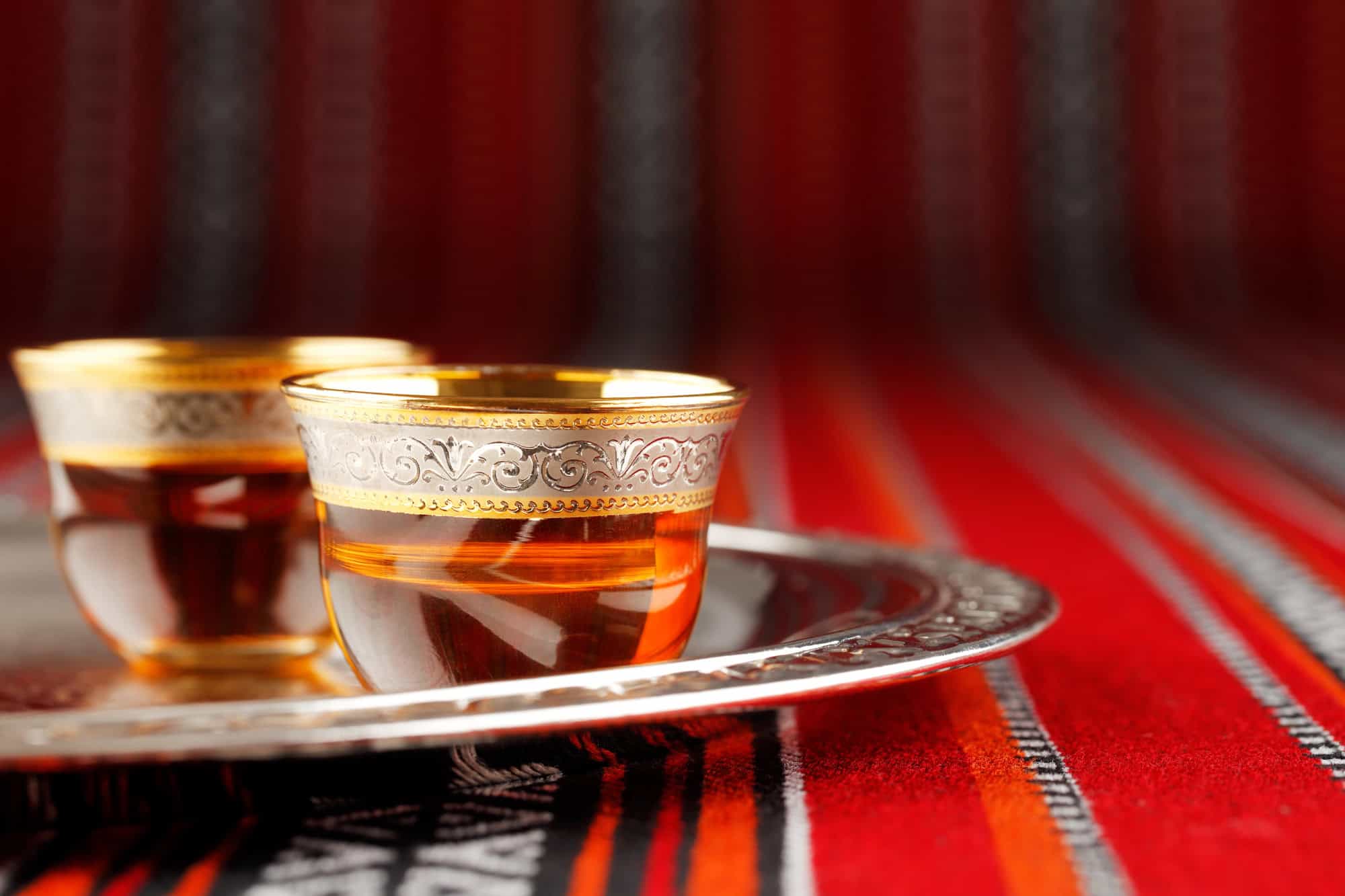
There’s an art to drinking Omani coffee (called ‘qahwa’) – tiny cups, poured often, always served with dates. I’ve shared coffee in homes with Omani friends, in roadside cafés, and in restaurants. It’s not about the caffeine – it’s a deeply cultural gesture of hospitality, a way to pause and connect. If someone offers, say yes, and enjoy the moment.
Practical Tip:
You’ll find qahwa served for free in many hotels, museums, and even shops. The coffee is lightly spiced with cardamom and sometimes rosewater. Take the cup with your right hand and gently shake it side to side when you’re done to indicate you’ve had enough.
Creative Tip:
Make a short video of a moment you have Omani coffee with someone – and share it on social media with friends and family.
6. Snorkel in the Daymaniyat Islands

Just a boat ride from Muscat, the Daymaniyat Islands are a protected marine reserve that feels like a hidden paradise. The water is beautifully clear, and you’re almost guaranteed to spot turtles. If you love the sea, this is a must.
Practical Tip:
Tours leave from Al Mouj Marina. Book with a licensed operator, and go early in the morning for calm seas and better light. Bring sunscreen and a waterproof case for your phone or camera.
Creative Tip:
Create a sea-themed travel-journal entry or watercolour based on the colours you saw under the water.
7. Explore the Mudbrick Village of Birkat al Mouz
Birkat al Mouz is one of my favourite villages in Oman: Crumbling mudbrick houses, the ancient falaj channels, and the cooling greenery of the date palm groves. The old part is one of the best-preserved ruined villages in Oman and a place where you get a glimpse of the history of the country. I love wandering through the old homes and imagining the lives once lived there.
Practical Tip:
You can walk through the village easily – no guide is required. Wear good shoes, and bring water. It’s close to the road to Jebel Akhdar, so it’s a great stop on the way to Nizwa and the mountains.
Creative Tip:
Pick a single ruined doorway or wall detail to photograph or sketch – then use it as a design element.
8. Hike in the Hajar Mountains
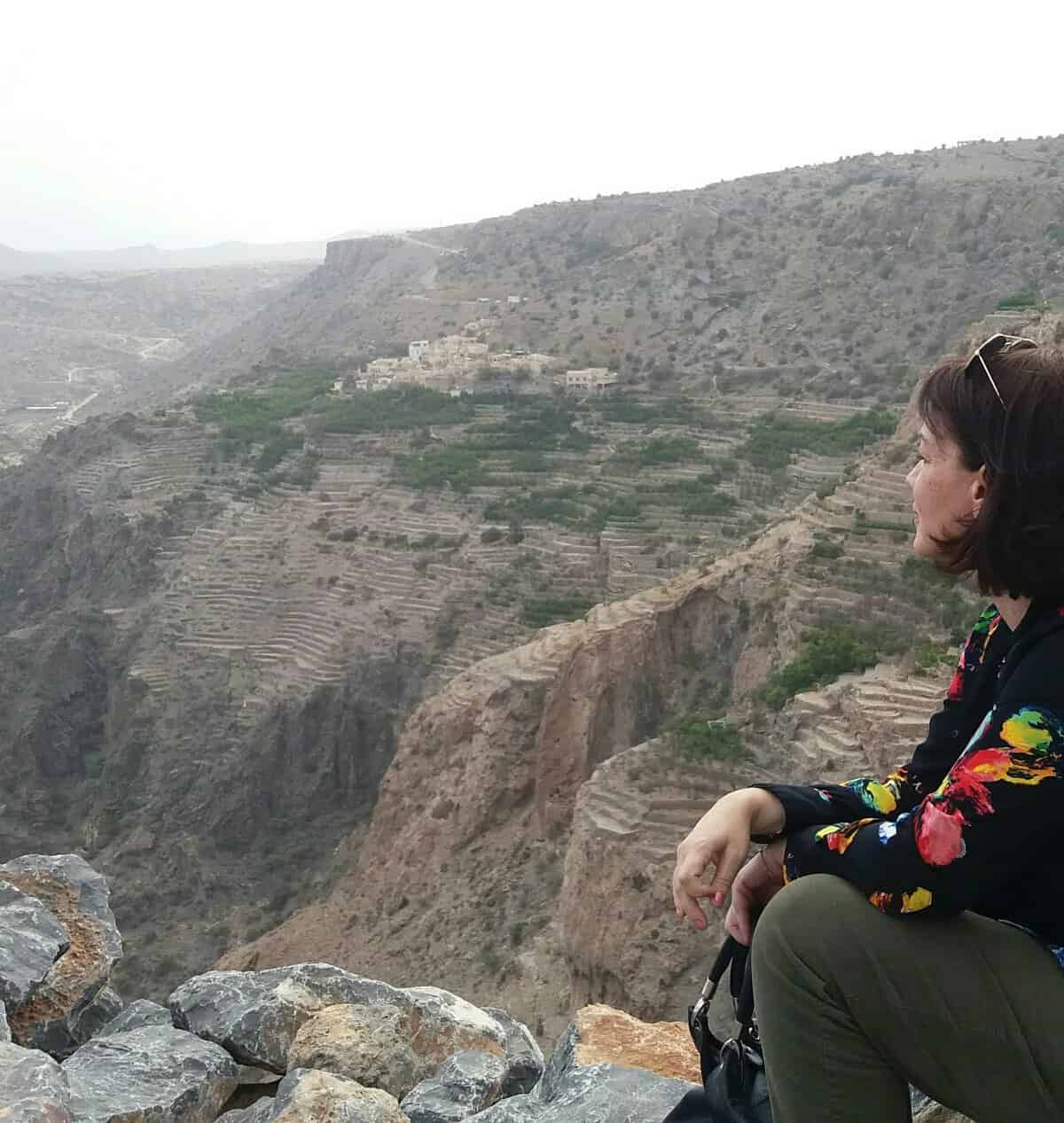
The Hajar Mountains are wild and striking. Admire the layered rock, terraced farms, and tiny stone villages clinging to the cliffsides. One of my most memorable hikes was a gentle walk between mountain villages with some Omani students from Jabel Akhdar. If you’re not a hard-core hiker, don’t worry – there are trails for all levels, and you can do this at your own pace.
Practical Tip:
Start early to avoid the midday heat, and take plenty of water. The Balcony Walk at Jebel Shams is a popular option to enjoy dramatic views and delve into adventure. But I recommend you do this with local guides.
Creative Tip:
Collect mountain textures – stones, leaves, even dried flowers. Use them later as inspiration for a landscape or pattern back home.
9. Visit Nizwa Fort and goat market on a Friday Morning
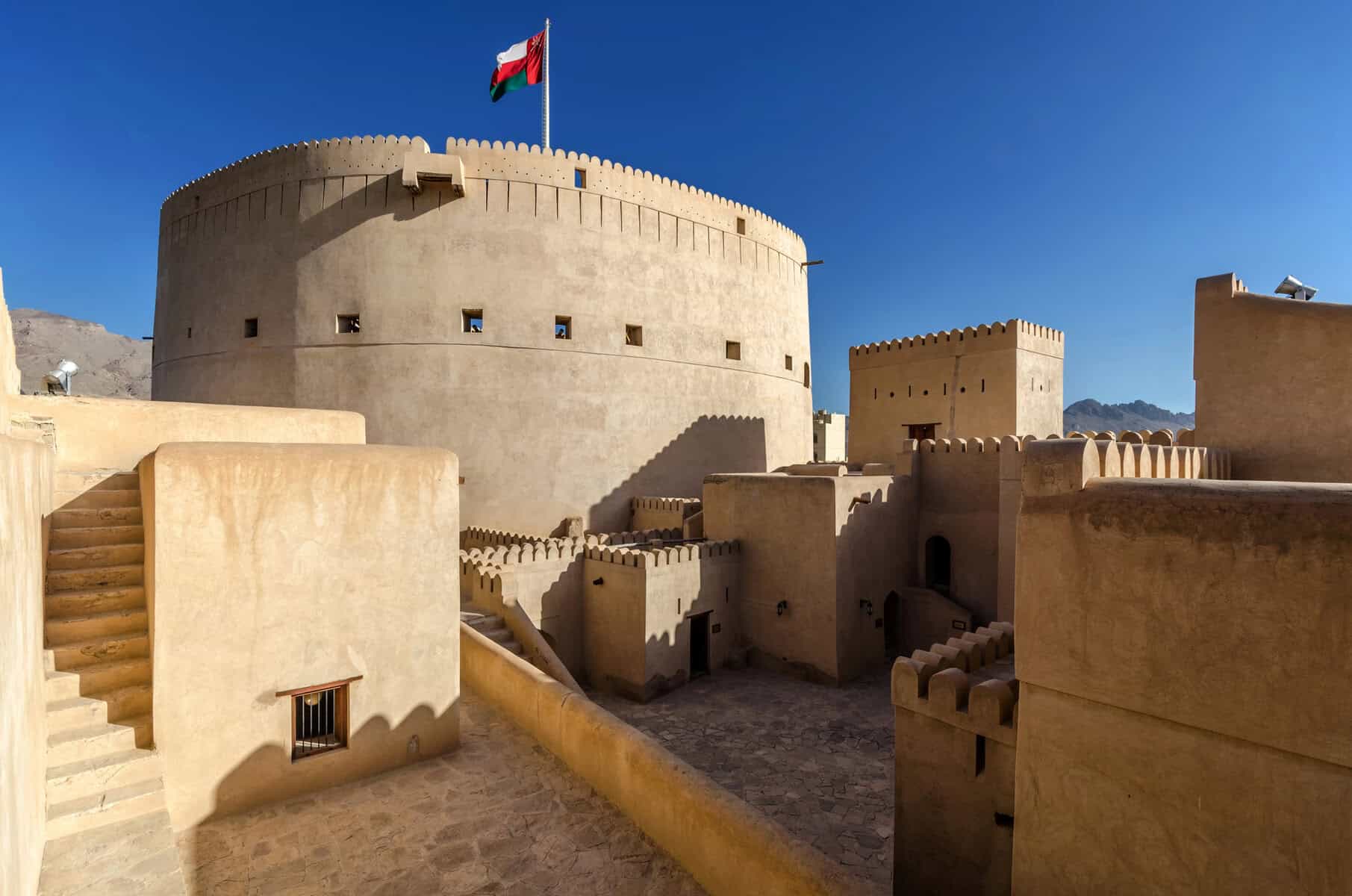
Nizwa Fort is already a cultural highlight, but on Friday mornings, it’s something else entirely. That’s when the traditional livestock market takes place just outside. I’ve stood in the crowd, watching men in dishdasha parade goats and livestock in a slow circle while deals are made with subtle nods. It’s loud, vibrant, and a unique cultural experience.
Practical Tip:
Arrive early – around 6:00 AM – to see the goat market at its busiest. Afterward, visit the fort and the adjacent souq for silver jewellery and pottery. Don’t hesitate to ask local salespeople about their products. They will no doubt be happy to explain about the traditional processes involved and you’re bound to discover fascinating stories.
Creative Tip:
Take lots of photographs from the market and turn them into a mini travel story. it is advisable to ask permission if you take photographs of local people.
10. Stargaze in the Empty Quarter (Rub’ al Khali)
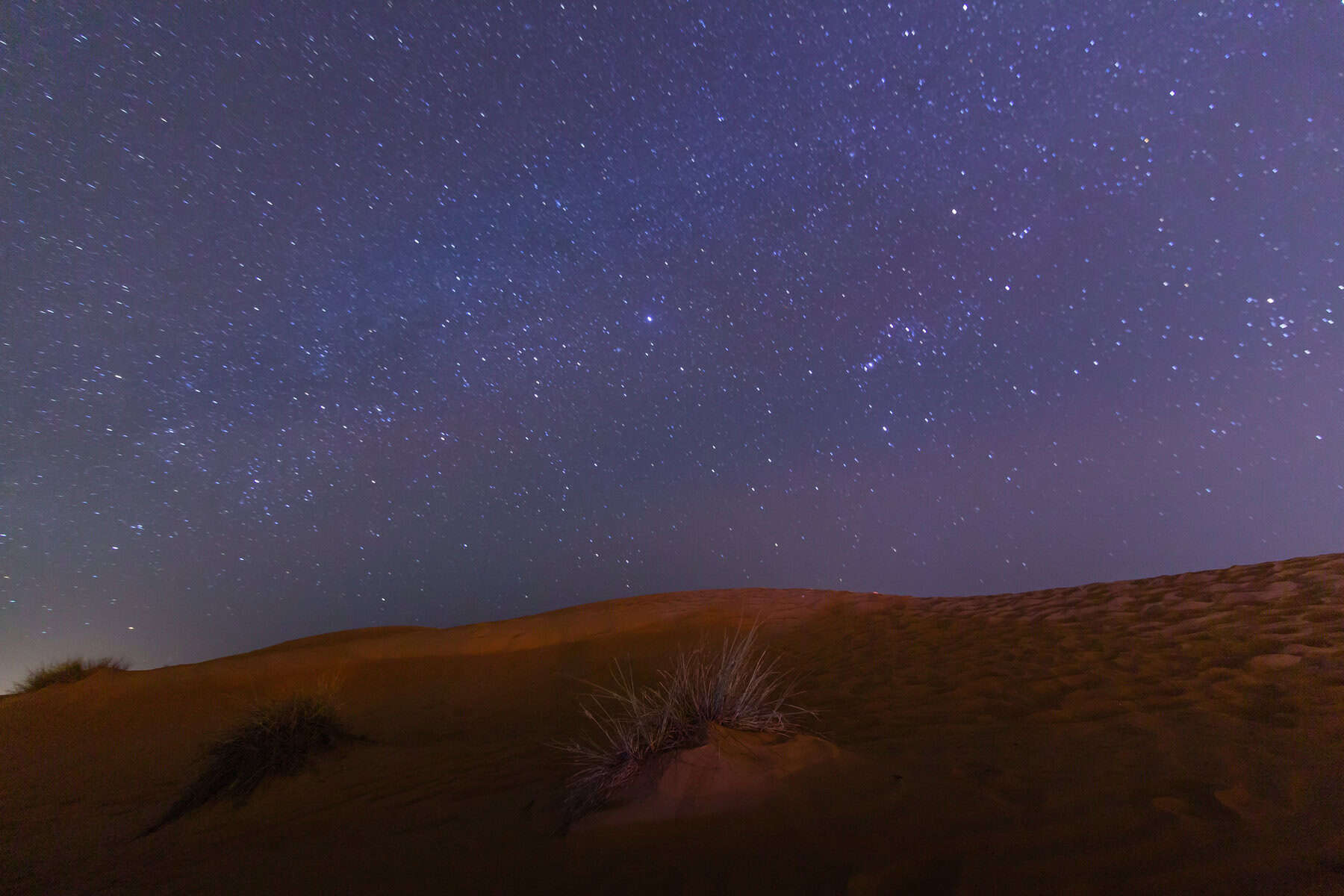
Now, thanks to a newly constructed road, this vast desert is more accessible than before. What once required careful planning and rugged vehicles can now be reached more easily. The journey from Wubar to the heart of the Empty Quarter, which used to take about an hour, now takes just 10 minutes . The improved access has opened up this mesmerizing landscape to more travellers, making it easier to experience the profound silence and the breath-taking night sky.
Practical Tip:
Join a guided overnight trip with a local operator – don’t attempt this desert on your own. Bring warm clothes (it gets cold), and check moon phases ahead of time if you want optimal stargazing.
Creative Tip:
Use a stargazing app to map constellations on-site, then recreate your favourite in embroidery, paint, or a collage.
11. Take a Boat Trip in the Fjords of Musandam
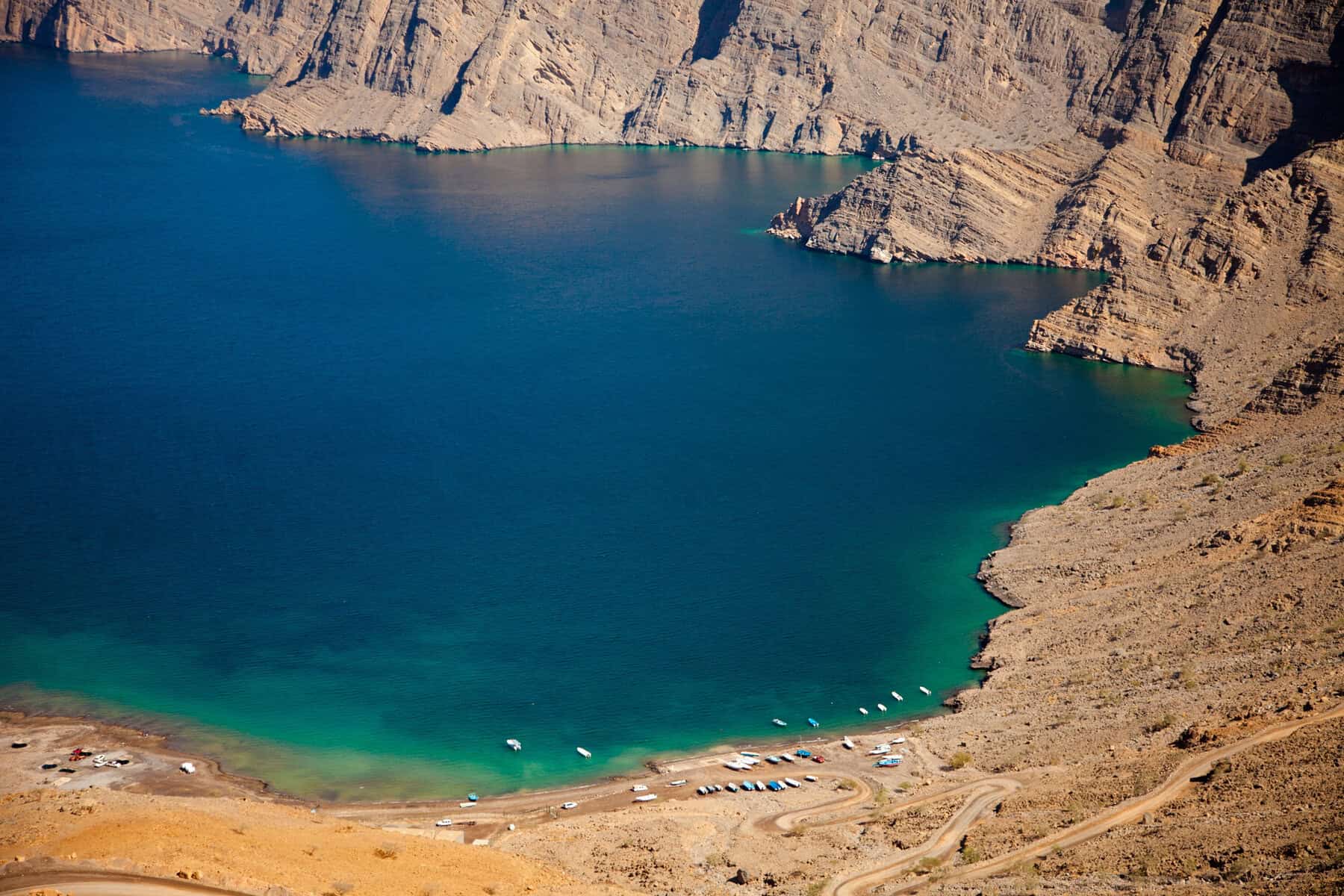
When discovering Musandam’s fjords, I felt like I was in a painting – the colour of the sea is mesmerising. Sitting in a traditional wooden dhow, you will no doubt catch sight of some dolphins. It’s peaceful and dramatic all at once. Musandam has a different rhythm from the rest of Oman, more remote and more raw.
Practical Tip:
Tours depart from Khasab and often include dolphin-watching, snorkeling, and lunch. If you’re coming from Muscat or Dubai, book in advance and check visa requirements if you’re crossing the border by land through the UAE.
Creative Tip:
Bring a small bottle to collect some seawater and later use it in a mixed-media piece or a sketchbook entry – let the saltwater leave its own trace.
12. Smell the Frankincense in Salalah’s Haffa Souq

The scent of frankincense in Salalah’s old souq is unforgettable. Fragrances are earthy, citrusy, and carry ‘sacred’ connections. Walking through the aisles, I’ve watched merchants sort resin by colour and quality, showing samples to visitors. Frankincense is more than a souvenir here; it’s part of the land, culture, and identity of Dhofar.
Practical Tip:
Visit Haffa Souq in the late afternoon when it’s livelier. Ask vendors about the difference between “hojari” and “sha’abi” frankincense. They’ll often light a small burner for you to compare. Bring cash for small purchases.
Creative Tip:
Collect small pieces of frankincense and include them in a small garden piece back at home. You can even create an Arabic style garden section so you can relive your experience in the Middle East.
13. Try an Omani Breakfast

There’s nothing quite like sitting down to an Omani breakfast. My favourite? Fresh khubz rakhal (thin bread) with cheese and honey. Some cafés will serve you little dishes of beans, cheese, and olives alongside strong tea. It’s comforting, filling, and a beautiful window into Omani daily life.
Practical Tip:
Look for local cafés or bakeries early in the morning, especially in smaller towns. Try a traditional Omani breakfast at ‘Rozna restaurant’ in a unique fort-like setting, Dukanah Café or Mama Halima’s Kitchen (all of them in Muscat). Don’t be shy – they will be happy to explain what’s on the plate.
Creative Tip:
Choose one or two simple Omani breakfast dishes – like shakshuka with khubz rakhal – and try recreating this at home as a weekend ritual. Use the process as a way to stay connected to your travels.
14. Marvel at the Turtles at Ras al Jinz
Most people come here to see turtles, but even without them, Ras al Jinz is a place to breathe. The beach is long, the cliffs rise around you, and the sea is calming. Of course, I also recommend a night time ‘turtle nesting’ tour at the Turtle Reserve.
Practical Tip:
Book a turtle-watching tour through the Ras al Jinz Turtle Reserve, especially between May and September. Tours take place at night and early morning. Photography is limited during turtle nesting—check the rules before you go.
Creative Tip:
Write a short reflection after your beach walk, focusing only on sounds – the waves, footsteps, wind, scuffling.
15. Go Camping Under the Stars

One of the best things about Oman? You can pitch a tent just about anywhere. I’ve camped by wadis, in the mountains, and once on a beach. It doesn’t take much – just a mat, some blankets, and a thermos of Karak tea to make it memorable.
Practical Tip:
Wild camping is legal and safe in Oman, but always leave no trace. Take your own supplies, check weather conditions, and avoid wadi beds if rain is forecast. For beginners, try camping at Jabel Shams, one of the most popular sites for camping in Oman. From there, you will have stunning views of Oman’s Grand Canyon rim at sunrise.
Practical Tip:
Wild camping is legal and safe in Oman, but always leave no trace. Take your own supplies, check weather conditions, and avoid wadi beds if rain is forecast. For beginners, try camping near Fins Beach or Jebel Shams.
Creative Tip:
Take night photos of your campsite and turn them into a mini zine of your journey.
16. See the Blowholes at Mughsail Beach, Dhofar

The first time I saw the blowholes erupt at Mughsail, I was actually surprised seeing that I hadn’t read anything about this before. It’s dramatic. Seawater is forced up through holes in the limestone, shooting into the air like nature’s geysers. Even when they’re quiet, the beach is a stunner, stretching out softly with turquoise water and dramatic cliffs.
Practical Tip:
The blowholes are most active during the Khareef season (June–September), but the beach is worth a visit year-round. There’s a viewing platform, but it can get slippery, so wear decent shoes.
Creative Tip:
Try a slow-motion video of the blowholes, then turn it into an audio-visual (with some Arabic music) to get inspiration later.
17. Visit the Al Hoota Cave
Visiting Al Hoota Cave (near Al Hamra) will give you a good understanding of Oman’s geology. Cool air, winding paths, and glittering rock formations that have taken thousands of years to form. There’s a little electric train that brings you to the entrance. The silence inside feels ancient.
Practical Tip:
Tours are guided and last about 45 minutes (7.35 OMR entrance fee). Photography is limited inside the cave, so check in advance. Wear good walking shoes as surfaces can be damp and bring a jacket. Book online if visiting during weekends or holidays.
Creative Tip:
Draw a fictional underground world or even cartoon characters inspired by the shapes and textures of the cave formations.
18. Take a House Tour of the Opera House in Muscat and See a Show there
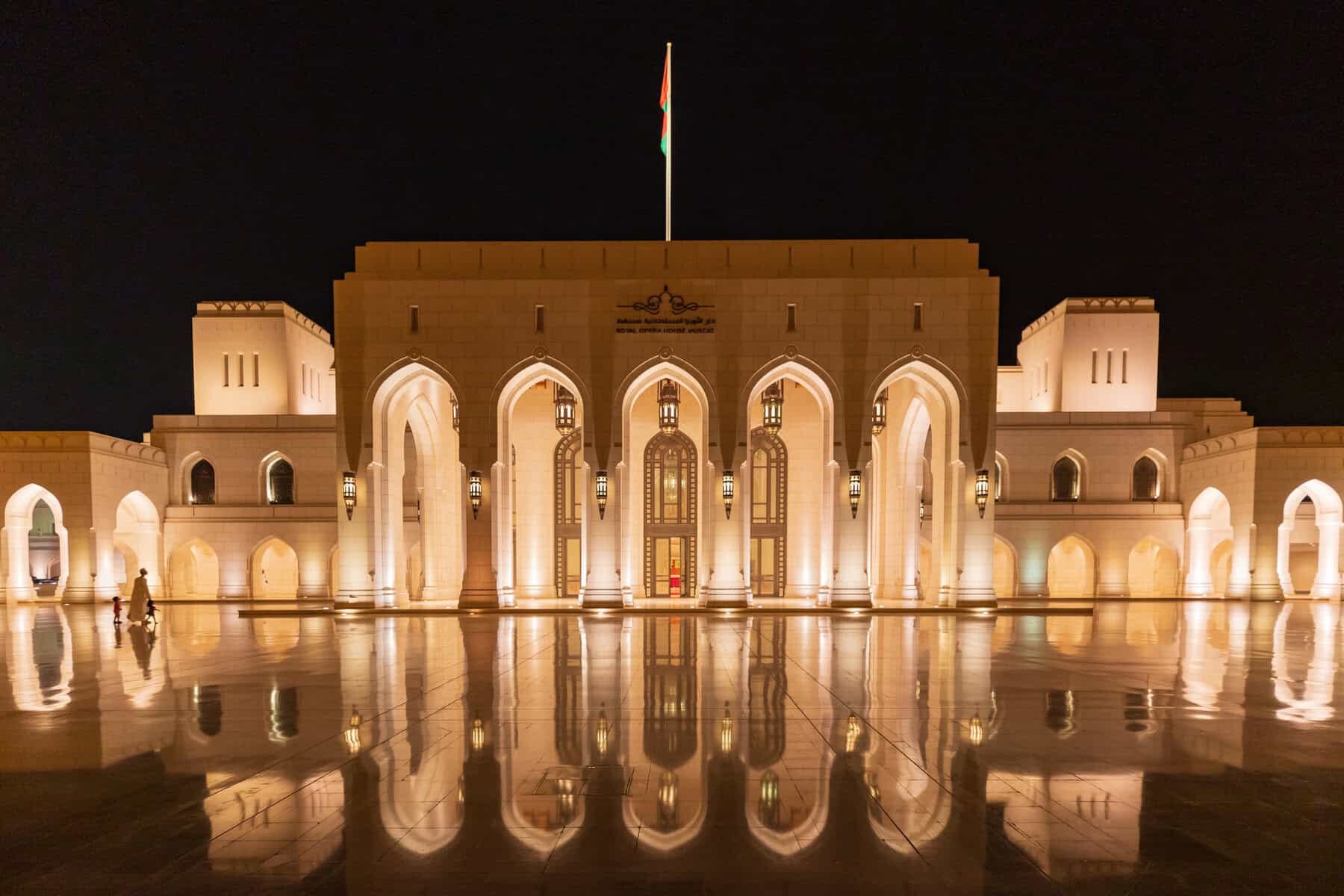
Even if you’re not going to a performance, the Royal Opera House is worth seeing. It’s modern Omani architecture is elegant with white stone, carved wood, and chandeliers. I recommend you do a ‘House tour’ with a guide as it will give a deeper insight into the architecture and the history of the building.
Practical Tip:
Tours of the building are available most days. Dress smartly if attending a performance—no jeans or sneakers. Check the schedule in advance; shows often feature international and local talent, from classical to Arabic music.
Creative Tip:
Use the architectural lines and details as inspiration for calligraphy or digital line art.
19. Explore Wadi Tiwi and Wadi Shab
Both wadis are lush and dramatic, carved through limestone and dotted with palms and aquamarine pools. Wadi Shab involves a short boat ride (1.00 OMR both ways) and a hike that ends in a hidden cave you can swim into. Wadi Tiwi is quieter and requires driving through narrow village roads.
Practical Tip:
Wear good walking shoes and bring water shoes for Wadi Shab – you’ll be wading through water. Go early to avoid crowds and heat. Hiring a local guide can make the experience richer and safer.
Creative Tip:
Create a visual map of your wadi walk, marking textures, colours, sounds, and standout moments.
20. Buy a Silver Khanjar (Dagger)

The khanjar is more than a dagger – it’s a symbol of Omani pride, craftsmanship, and tradition. I’ve admired the silverwork in Nizwa’s souq many times. Even if you don’t buy one, it’s worth asking questions. The artisans are usually happy to share.
Practical Tip:
You’ll find authentic khanjars in Nizwa, Ibra, and Muttrah. Prices vary tremendously depending on silver content and craftsmanship. Antique pieces may require special permits to export – ask before purchasing.
Creative Tip:
Photograph or sketch the curves of a khanjar, then use it as a motif in a block print or lino-cut artwork.
21. Admire the Rose Terraces of Jebel Akhdar in April
The scent of damask roses in bloom high in the mountains is something that is unforgettable. Jebel Akhdar turns pink and green in spring, and the sight of the terraced farms seem to cascade is stunning. I once stood beside an local man who showed me how they gather the petals by hand to make rosewater. It felt very connected to gestures that have been repeated for generations.
Practical Tip:
Rose season usually peaks in April. Head to villages like Al Ayn or Al Aqur early in the morning. The Saiq Plateau is accessible by 4WD only – check access if driving yourself or go with a guide. Respect farm boundaries. Some allow visitors, others are private.
Creative Tip:
Collect fallen petals (with permission), press them in your journal, and later turn them into a book marker.
22. Walk Through the Ruins of Tanuf
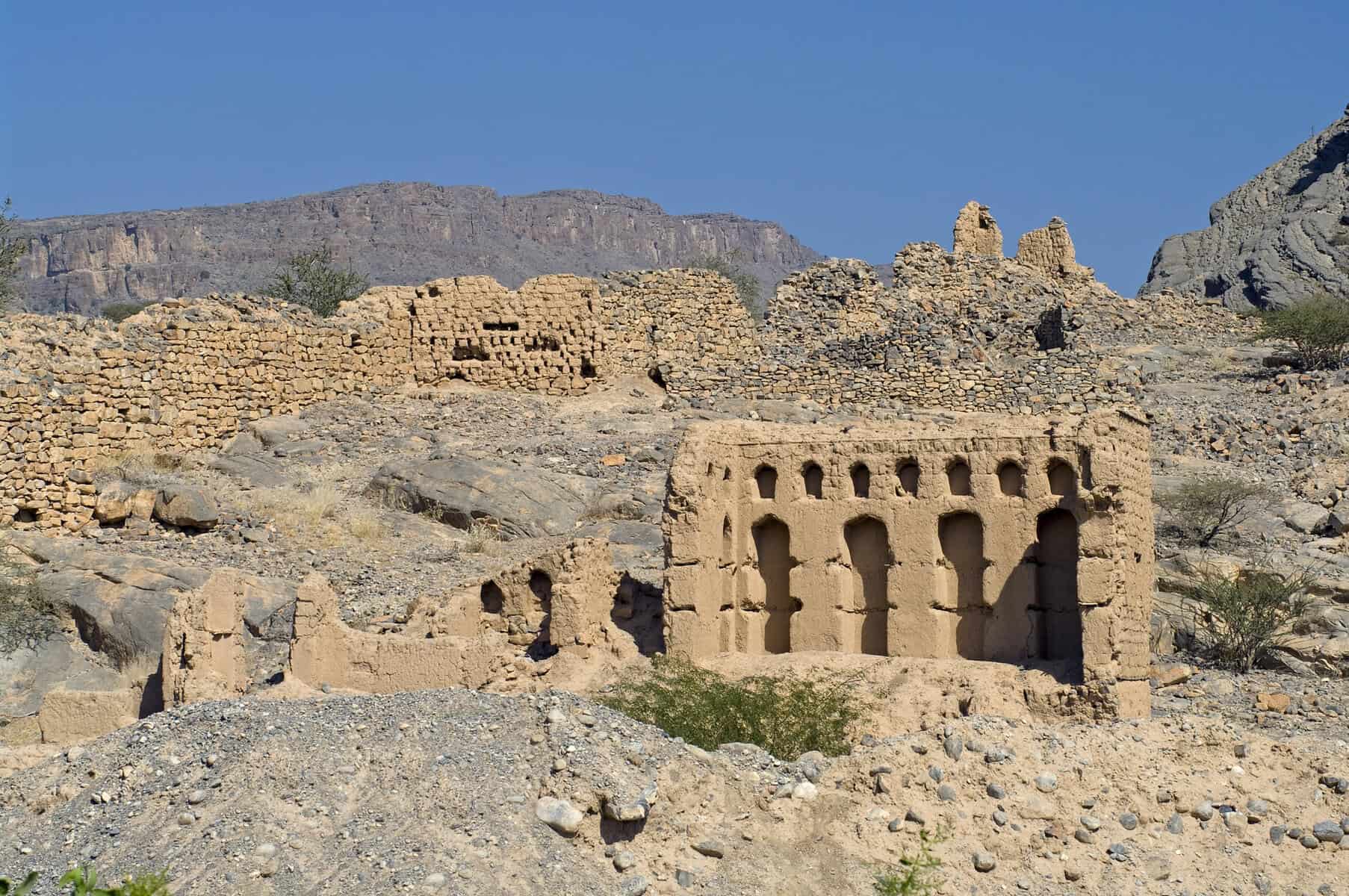
The ruins of Tanuf’s village sit quietly between the mountains. It’s peaceful now, but once witnessed the violence of the Jebel Akhdar War. I’ve walked through these ruins slowly, feeling like the stones are telling their own story. There’s beauty in what remains.
Practical Tip:
The ruins are located between Nizwa and Bahla and are easy to reach by car. No ticket or guide is required. Wear solid shoes and bring water. There’s no shade or facilities on site.
Creative Tip:
Use the textures of the ruins – mudbrick and twisted metal – as the basis for a monochrome charcoal sketch or photo series.
23. Eat Freshly Grilled Fish by the Sea in Sur
There’s something deeply satisfying about eating grilled fish just metres from where it was caught! In Sur. I enjoyed fish at one of the beach restaurants. It’s rustic, real, and exactly what travel should feel like – simple and rooted in place.
Practical Tip:
Head to the fish market or one of the simple seaside grills in Sur. Choose your fish (ask for sheri or kingfish), and they’ll grill it for you on the spot. Best enjoyed with lemon and a side of rice or bread.
Creative Tip:
Start a “flavour diary” where you record the spices, aromas, and tastes of each dish you try – and later create some recipe cards.
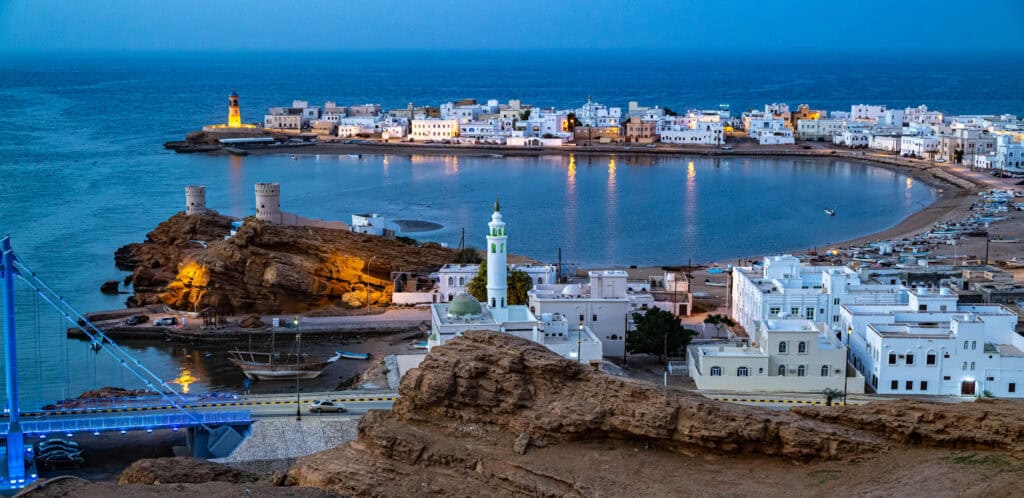
24. Take a Drive Through the Coastal Route from Muscat to Sur

This road trip is one of the most scenic in Oman: cliffs, turquoise bays, sleepy fishing villages, and places where camels casually cross the road (be aware of this possibility). I always plan for stops on the way: a deserted beach, a roadside snack, a quick wadi detour.
Practical Tip:
The route takes about 2.5 hours direct, but plan for at least 5 with stops. Don’t miss Bimmah Sinkhole on the way. Fill your tank before leaving Muscat or Sur and pack snacks, water, and sun protection.
Creative Tip:
Create a hand-drawn map of your route with little sketches or symbols marking memorable stops, detours, and roadside surprises.
25. Visit Bait al Zubair museum
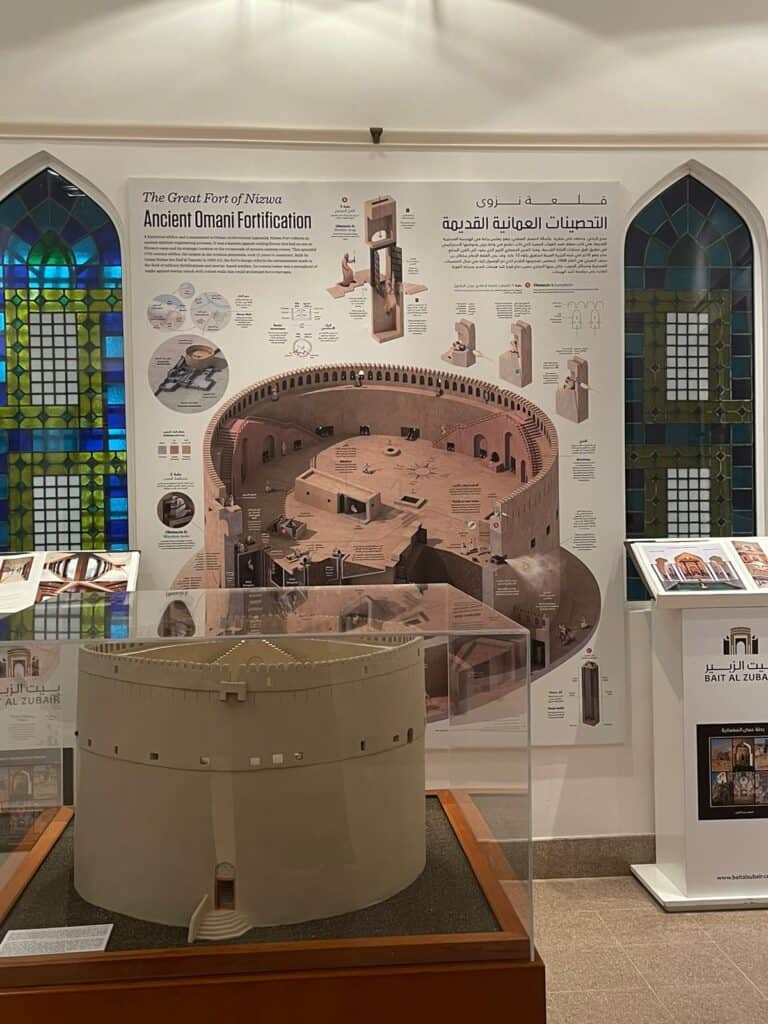
Tucked away in a quiet corner of old Muscat, Bait al Zubair feels more like a family home than a formal museum. In many ways, it is. I’ve wandered its rooms slowly, discovering antique jewellery, ceremonial khanjars, traditional Omani clothing, and tiny models that are full of charm. It’s not a big museum, but it offers an insightful window into Omani heritage.
Practical Tip:
Located in the heart of Muscat near the Old Town, Bait al Zubair is open Sunday to Thursday from 9:00 AM to 5.00 PM. Entry is 3.00 OMR, and there’s a small café and gift shop on site. It’s easy to pair with a visit to the nearby Al Alam Palace or Muttrah Corniche. Allow at least an hour for a relaxed visit.
Creative Tip:
Pick one item – an embroidered dress, a piece of silverwork, or the model of a fort – and recreate it in your travel journal as a sketch or personal memory.
A Final word: Let Oman Unfold Slowly
Don’t try to do it all in a rush. Oman rewards curiosity and presence. So sip a coffee, watch the stars in the desert, and wander the ruins of a village – and let Oman slowly reveal its secrets.




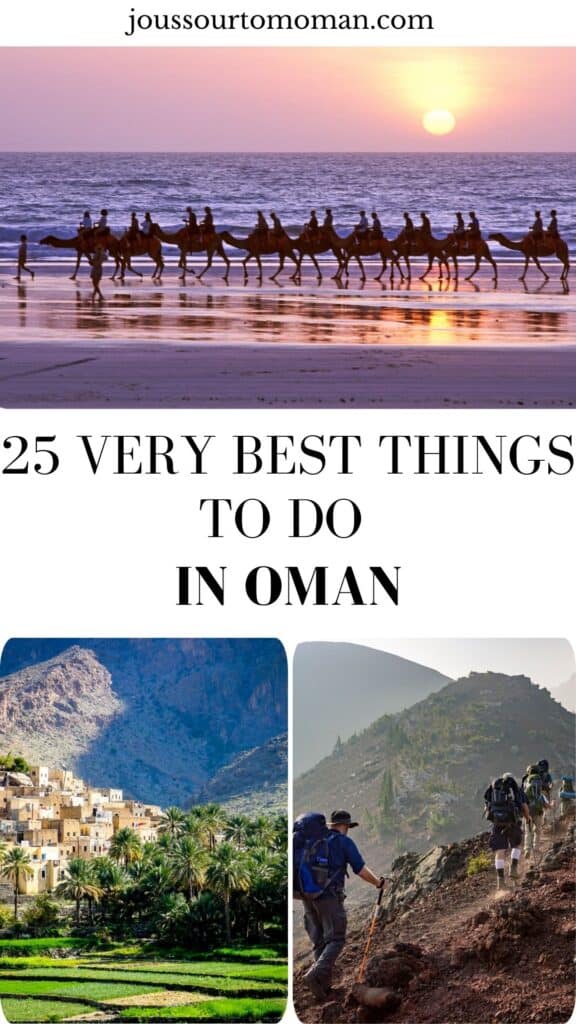
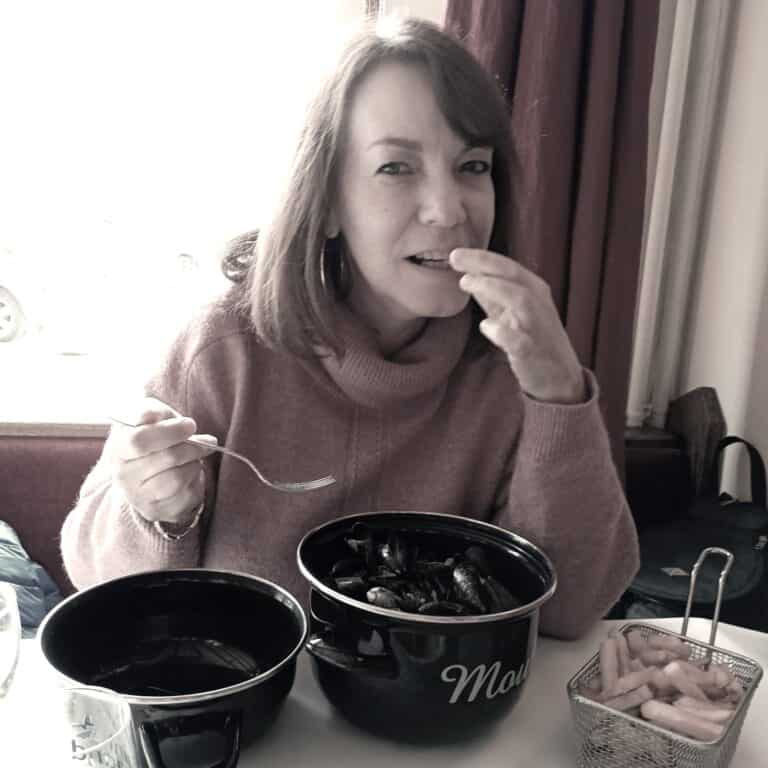

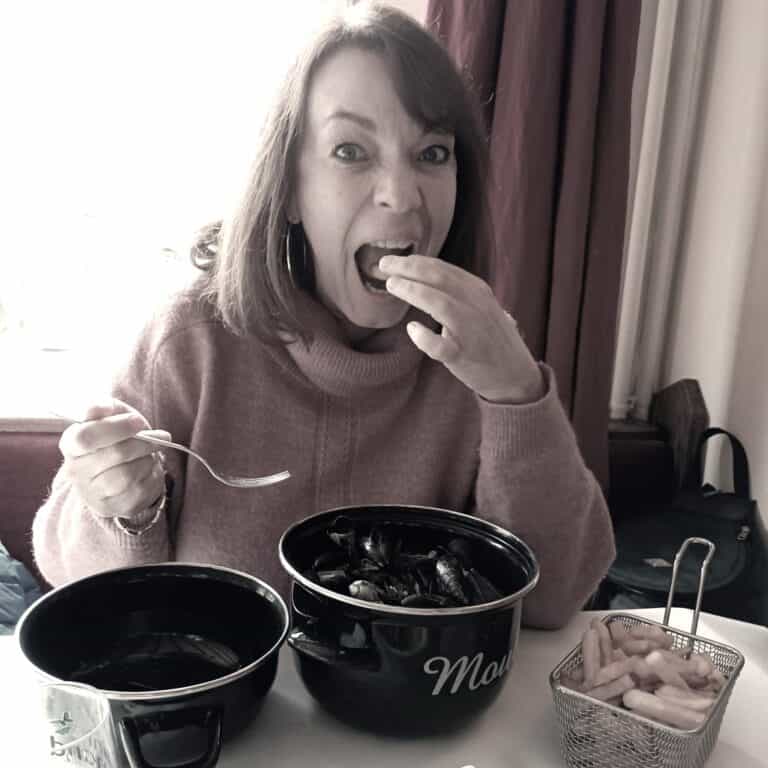
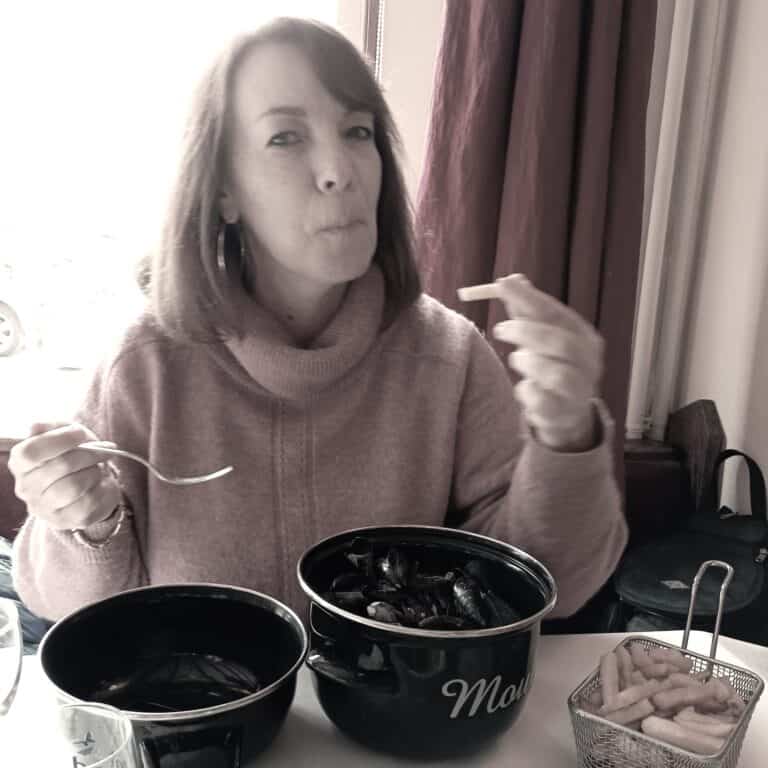

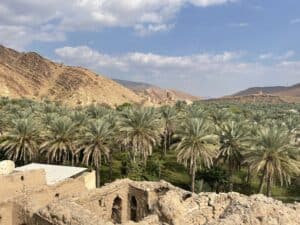
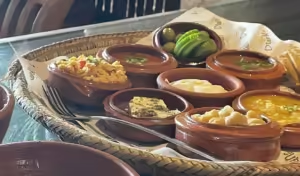



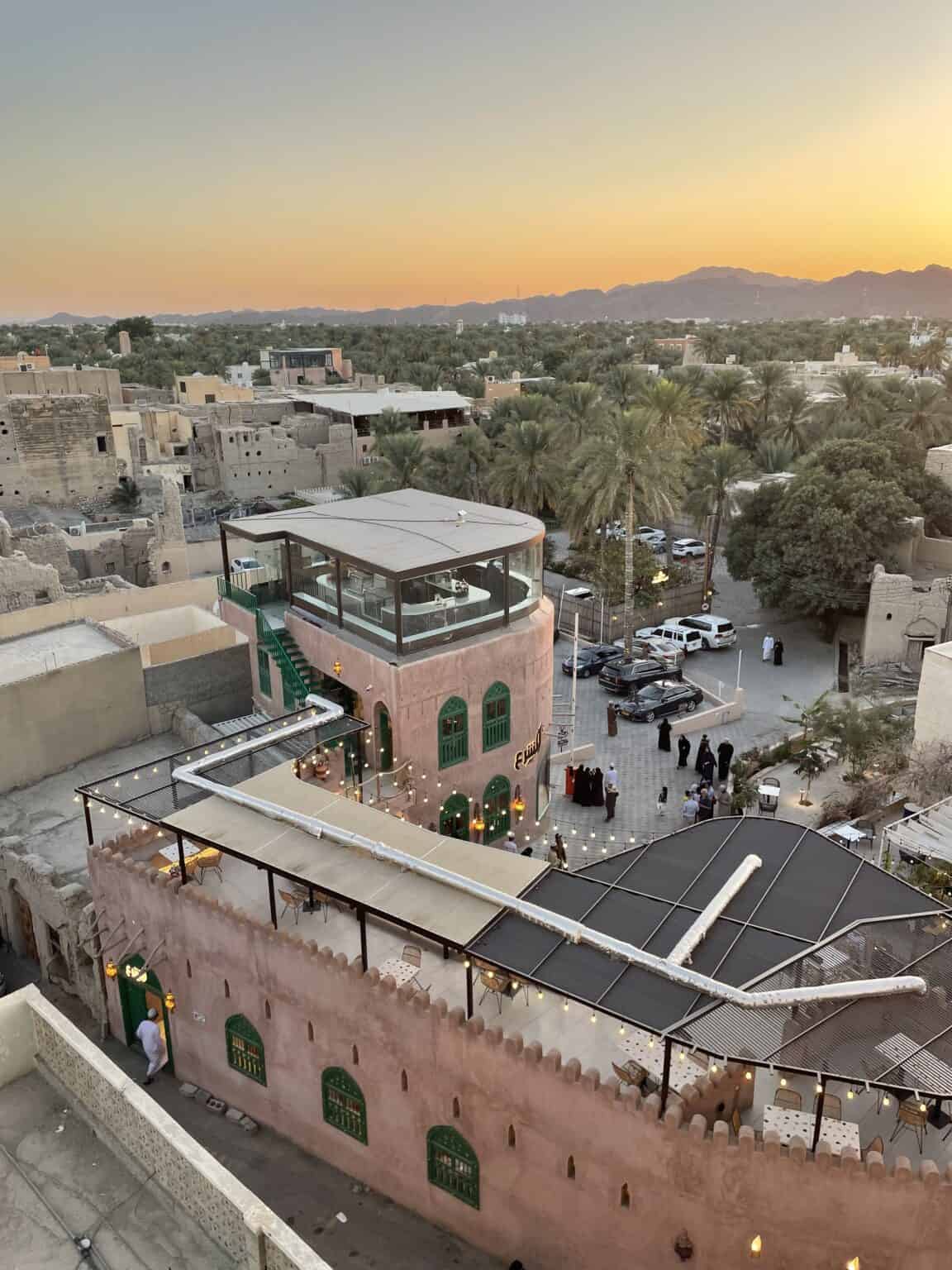

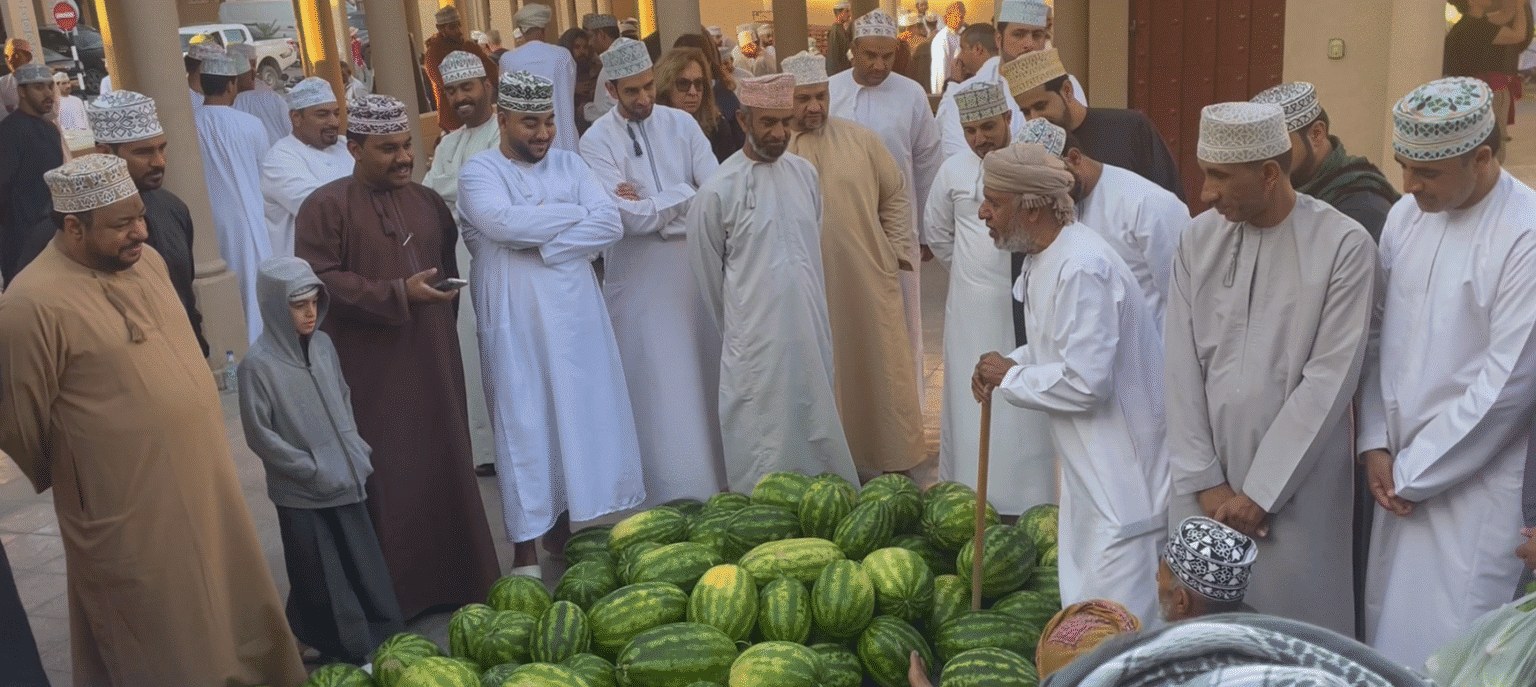
10 responses
Hello
Is there an app or a map showing the speed radars of Oman?
Estarei em Omã no final de setembro e suas informações me ajudaram muito na escolha do Hotel!
Obrigada Christine
Merci Christine pour ce temps passé à nous décrire comment se sentir comme chez toi, chez nous !
J’ ai voyagé encore !
À bientôt ✈️
C’est un plaisir, Anne. Vraiment!
Wow❤️
Thanks. If you need more information about accommodation in Muscat or other aspects of travelling in Oman, don’t hesitate to ask.
Hi Christine, thank you so much for the restaurant recommendation. I loved the food, the atmosphere and the place in general. I also talked to Khaled, the supervisor. He says hi. Thank you again. Tomorrow is my last day in Muscat. Any last minute must- see places?
Saliha from Algeria
Hello Saliha, Glad to hear you enjoyed the restaurant. In terms of Muscat, there are many options but some must-sees are Muttrah (the Corniche, Souq and Fort), Al Qurum (Shatti Al Qurum with its beach, the Opera building), and Old Muscat (the Royal Palace and gardens around, the Bait Al Zubair museum). I hope you get to see some of these. Have a great day!